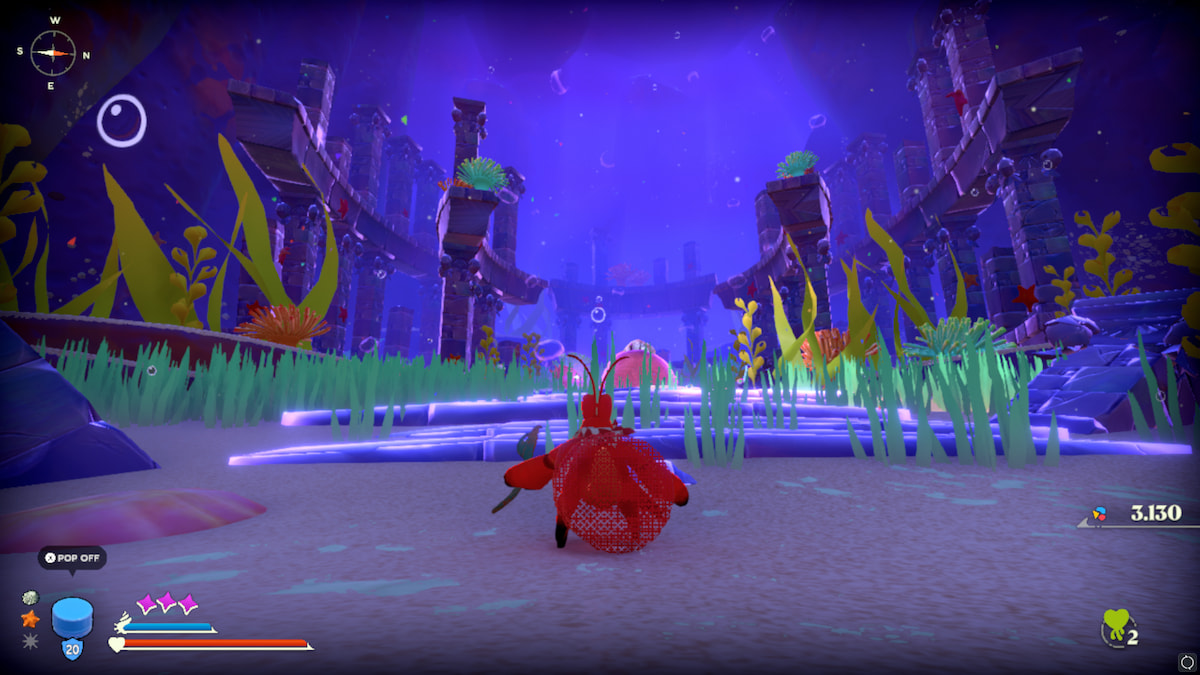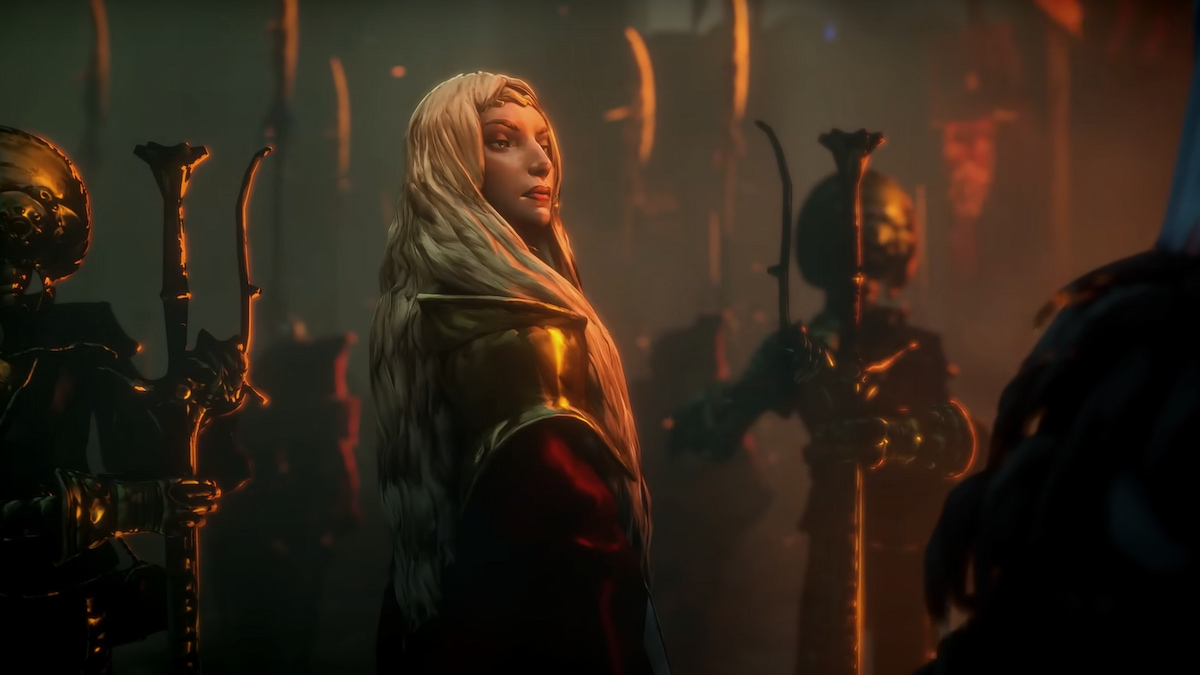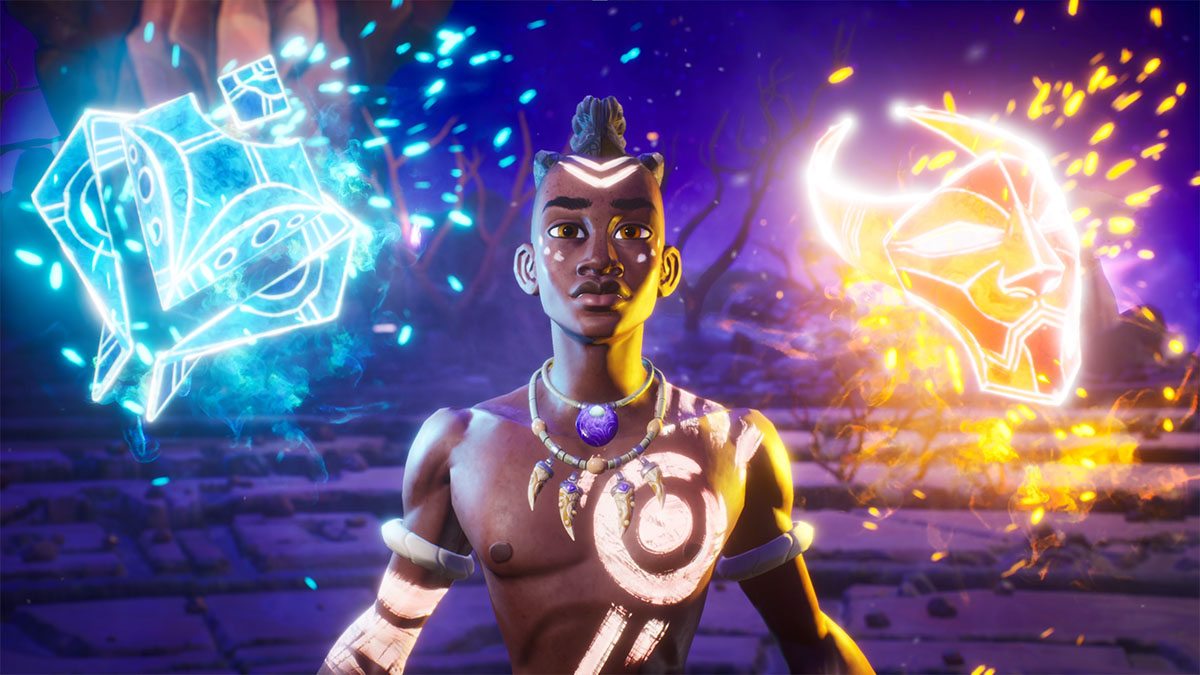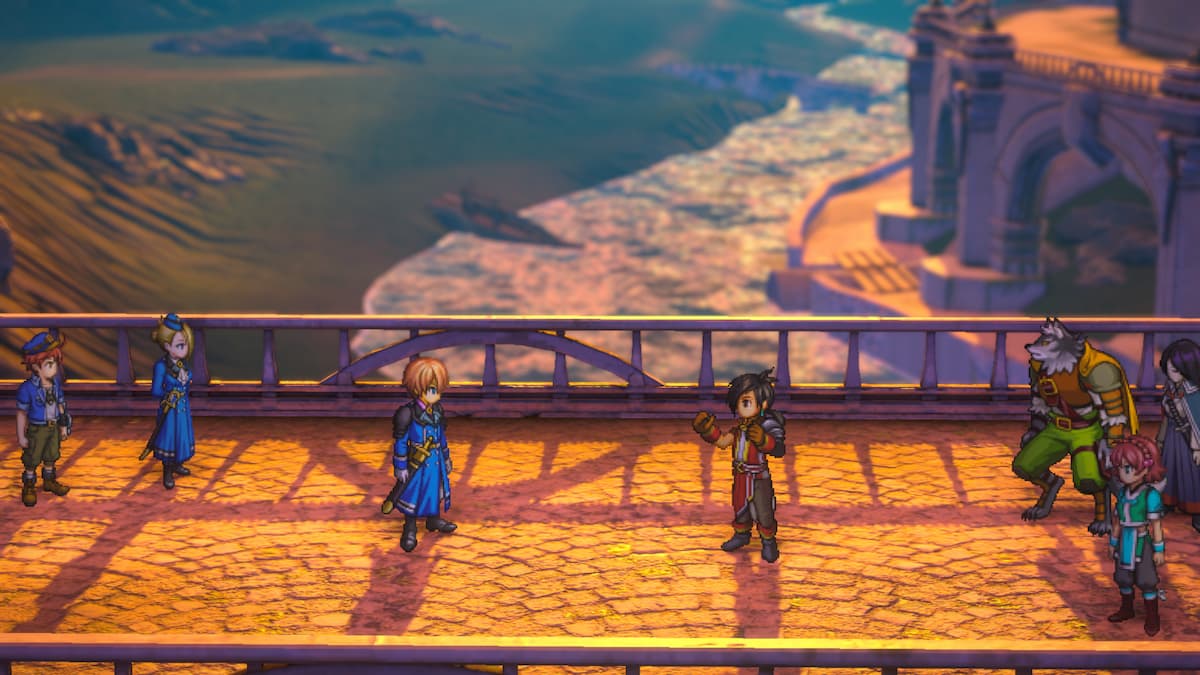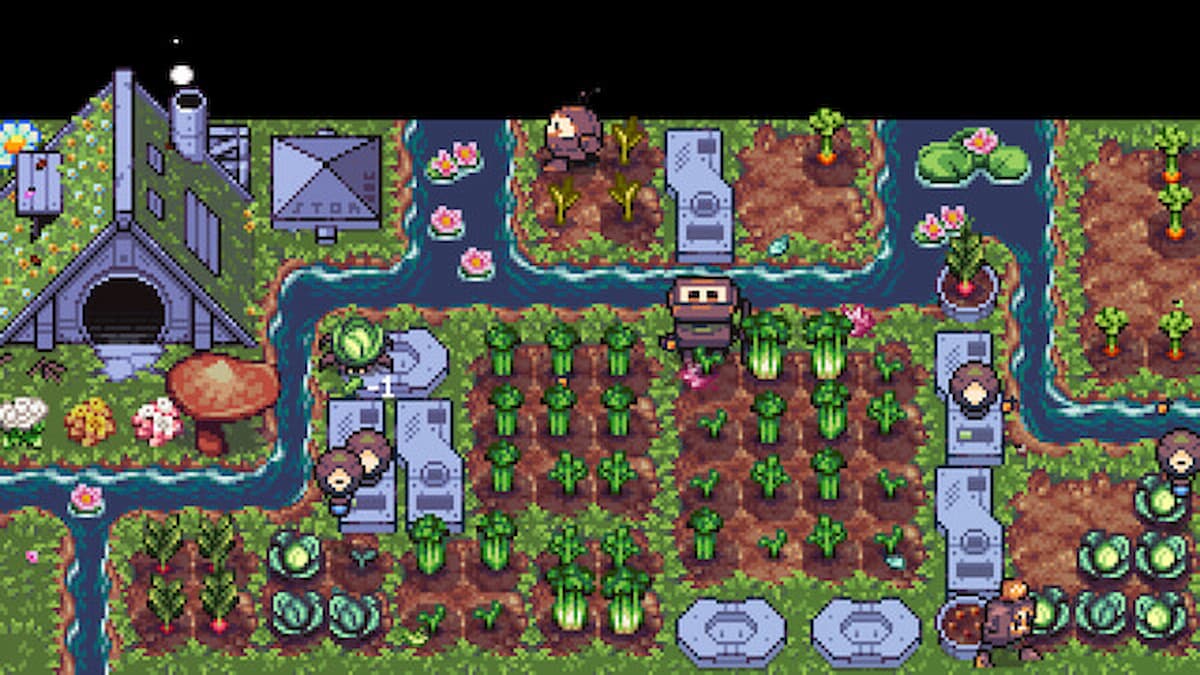Oscura: Lost Light is a 2D puzzle-platformer from developer Surprise Attack. As an avid Limbo fan, I was excited to see another platformer with similar mechanics and visual themes. And for the most part, Surprise Attack really delivered. This game offers a solid overall experience that’s pretty darn enjoyable to boot. But a few small issues made this platformer just a little more frustrating than most.
It All Started Because You Screwed Up
Your avatar for this accidental adventure is Oscura, a lighthouse keeper who looks a bit like Dobby’s shadow. In the opening cutscene, you happen upon a shiny artifact (called the Aurora Stone) that you just had to touch. But your curiosity has a price – the Aurora Stone shatters, sending pieces all over the Driftlands and plunging your whole world into darkness. So you have to venture through several different lands to find all of them before the baddies in the dark do.
But there is a silver lining to your cataclysmic mistake. During the accident, your hand becomes infused with glowing fire that gives you the ability to wield certain powers over your environment; you can blow things up or defy gravity. But we’ll talk a little more about that later on.
As with most platformers, the story isn’t the star of the show. You go to one area, recover some shards. Move to another, recover some shards. This game does offer a little bit of backstory to shed light on other Oscura games (available on iPhone/iPad/Android). Your quest to recover the lightshards culminates in a final encounter with Mavro, the Lord of Shadows.
There isn’t much more to say about the story without spoilers. The narrative itself, though simple, is well-executed. It’s par for the course as far as platformer storylines go – just enough to make the game feel like it has a point, but not so much that the narrative overshadows the action.
This Place Looks Really Familiar
You’ve probably already thought it, but I’ll go ahead and say it: Oscura looks a whole lot like Limbo – dark silhouettes against a lighter background. But Oscura is a little more colorful. The opening cutscenes are beautifully designed, with lots of bright hues to contrast with all the shadows. Think CandyLand meeting the manic half of Elder Scrolls’ Shivering Isles.
A lot of this color disappears after your mishap, but it doesn’t go total monochrome like Limbo does. Among the shadows of each level, there are bursts of color. Levels have subtle background hues, punctuated by glowing switches, red enemy eyes, and orange pools of acid. You also light up the darkness with brilliant reds/blues/greens/yellows when you activate abilities. The contrast works really well and makes the game as enjoyable to look at as it is to play.
I Just Wish It Sounded as Cool as it Looked
I was really digging the music when I first started to play. It seemed to suit the game’s aesthetic and was catchy enough to make my brain do a little dance while I played. But that only lasted so long. There was little to no sound variation between levels. Even when I moved to a completely different region on the map that seemed to have a slightly different visual theme, the background music stayed pretty much the same.
By the time I’d gotten through the first five levels or so, I muted the game entirely so I could listen to a podcast while I played.
Some Design Choices are Great, Some Maddening
As far as platformers go, Oscura is pretty tough. It’s not the hardest that I’ve ever played, but it’s a pretty big step up from Limbo. Some of the puzzles took a lot of brainpower, which I always look for in a platformer. It’s no fun if everything is obvious.
Almost every level was fantastically designed as far as the actual obstacles go. Each level got progressively harder the closer you got to the end, and several puzzles required quick thinking and good timing to clear.
The abilities were really what set this game apart from similar titles that I’ve played. Your abilities change from level to level, and you have to find and grab them somewhere in the level before you can use them. You only pick up two abilities per level, but the combinations are strategically designed to give you the best shot at clearing it. These abilities allow you to slow time, blow up walls, materialize invisible platforms, or even walk on the ceiling. They also have a very short timer, which forces you to be a little bit more discerning with their usage.
But using these abilities was sometimes a bit problematic. Once an ability was active, my movement really suffered. I couldn’t make the same jumps or leaps that I’d normally be able to. Because the later parts of levels tended to be fairly dependent on precise timing/movement and ability usage, this movement penalty became rather frustrating – especially because the tutorial stages of the game never mentioned a movement penalty, which makes me wonder if that was intentional or not.
Don’t get me wrong: the non-buggy areas in the game were a ton of fun to play. The good spots were fantastic, but the bad ones were exasperating.
Perhaps it would have been less noticeable if I would have been able to change my key bindings (holding space while trying to move between WASD is harder than sounds), but that also wasn’t an option. Of course, I could have used two hands to remedy that, but doing so resulted in both hands being uncomfortably crowded on my keyboard.
That particular bug is tied to my biggest issue with the game’s level design. There were lots of areas where the game felt outright glitchy. Collision detection was all over the place at times, which made some of the timed puzzles and close-quarter areas really difficult to get through.
There were several spots where even if my timing was flawless, I had to throw it out the window and rely on blind luck to get to the other side of a puzzle alive. Ragequits were frequent in these areas, so much so that I wondered if maybe I was just doing something wrong. But after letting a few friends try it out and reading some user reviews on Steam, it looks like I’m not the only one who had these issues.
Check, Please?
Checkpoints were another problematic element that only added to the frustration created by the inconsistent collision detection. They were usually well-placed, but at times their spacing just didn’t make sense. There would sometimes be two checkpoints really close together, with only a few jumps and no puzzles separating them. But then there would be long stretches with several complex puzzles and no checkpoint in sight – even though there was space for one. Unfortunately, those bare spots were often the same areas that had spotty collision detection. Not a good mix.
You can imagine my irritation.
Don’t get me wrong: the non-buggy areas in the game were a ton of fun to play. The good spots were fantastic, but the bad ones were exasperating. The mad Daedric Prince Sheogorath might be pleased, but the rest of us like a little more stability.
Overall
In spite of its bugs, Oscura: Lost Light is a solid and enjoyable platformer. For speed runners and completionists, there’s a lot of replay value that’ll more than make up for its shortcomings. In the areas that run smoothly, the gameplay is fantastic. Its levels are aesthetically pleasing, and its puzzles are challenging.
Oscura just needed a little extra polishing before release. It’s definitely worth checking out, and is available for $9.99 on Steam.
[Note: The author of this article was provided with a copy of the game for review purposes.]







